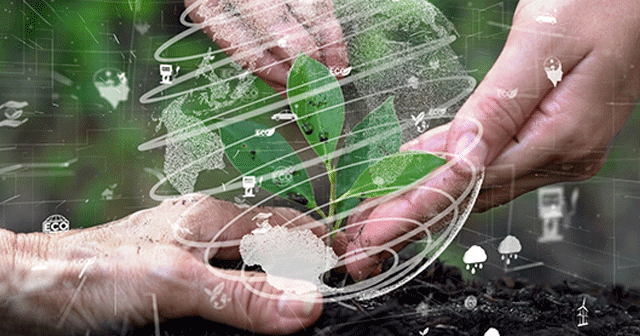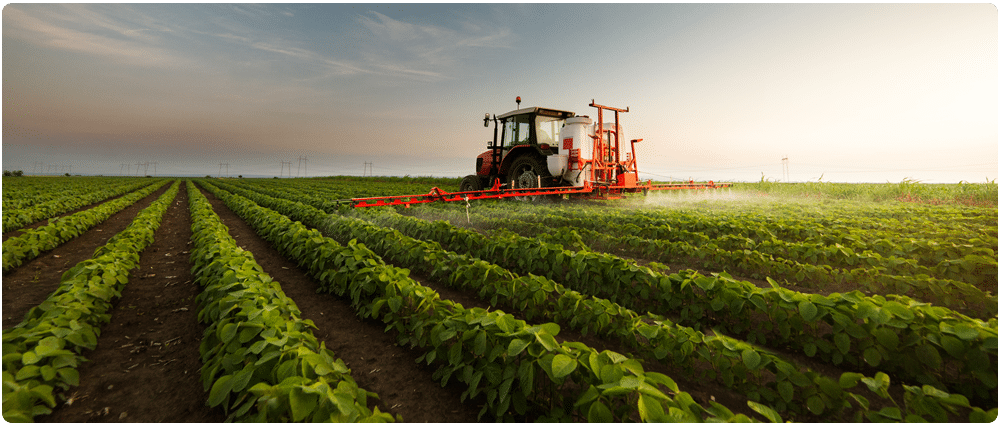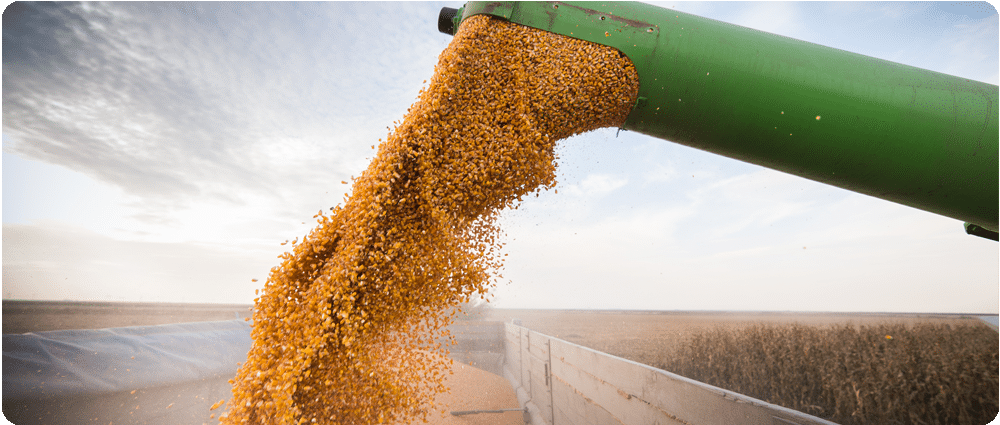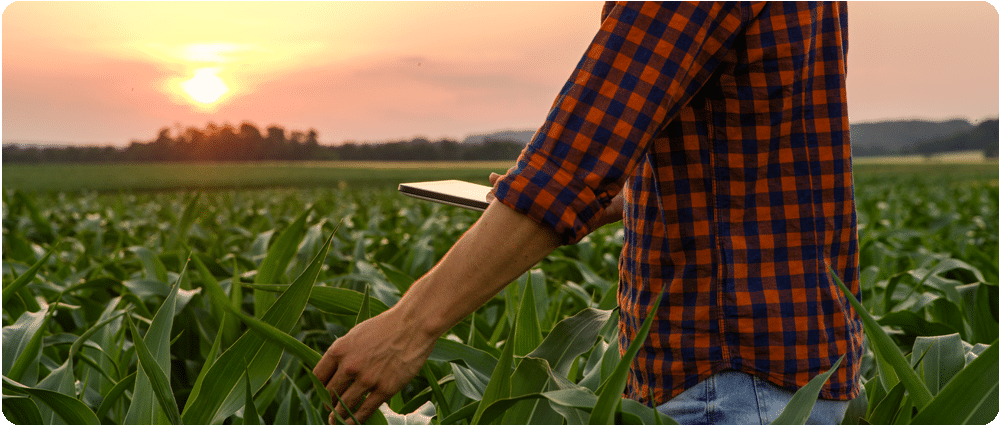e-Agriculture’s Impact on Agriculture and the Environment

The world of agriculture has certainly changed drastically over the course of the last century. These changes continue to grow and expand, especially with the rise of e-agriculture in recent years. e-agriculture is defined as the implementation of Information and Communications Technology to promote agricultural development.
DTN ClearAg is an example of how you can use the technology and data available to improve business operations. Farmers around the globe are benefiting from applied meteorological expertise, state-of-the-science land and surface agronomic modeling, and adaptive data processing, all offering accurate and usable insights available on this platform.
Harnessing technological advancements in the agriculture industry has indeed benefited agribusinesses. But the benefits seen around the world don’t stop at the businesses themselves — the implementation of e-agriculture is offering many benefits to the environment at large as well. Learn more about the impact smart agriculture has had on farmers in developing countries and how these strategies support the environment.

Reducing poverty among farmers in developing countries
Much of the food eaten around the world is grown in developing nations. In fact, World Bank statistics show that some two-thirds of the world’s people living in poverty are working in the agricultural industry. These hard-working farmers in developing economies face diverse challenges on their farms, but the emergence of smart agriculture is helping to alleviate some of these challenges.
Agricultural development, often through the implementation of smart agriculture strategies, is seen as one of the most effective sectors to help raise income among the poorest population and end extreme poverty and food insecurity.
In particular, the developing world faces a set of unique challenges when it comes to adopting e-commerce strategies on the farm. Some of these challenges include rural poverty and a lack of resources. However, a number of agriculture-based startups are looking to meet these needs and offer solutions to the challenges affecting today’s farmers.
Online platforms for buying, selling, and renting farm machinery and equipment, including drones, are working to bridge the resources gap and allow farmers better access to emerging technologies.
One of the many success stories outlining the benefits that e-commerce provides for farmers and their families is a wheat farmer from Sudan. In only one year, between 2014 and 2015, he quadrupled his crop yield and moved from an overall loss to a substantial profit after implementing e-agriculture strategies in his business. And this story is not unique – similar results are being seen the world over and making a huge difference.
The ripple effect of these actions will be seen for decades to come. With access to more stable agriculture, today’s farmers can grow to become tomorrow’s agribusiness customers.

Increasing crop yields in the face of climate change
It is becoming harder and harder for people to deny that climate change is a real threat to the earth’s future and that climate change is projected to impact food production and supply across the globe directly.
According to National Geographic, the United States and Indonesia both face a 20% decline in corn production, while Brazil is looking at a 16% decrease due to climate change. The numbers look similar for many of the largest crops in the world. India and China, both countries with both large populations and large landmasses, are projected to suffer major losses of arable land.
Unfortunately, simply creating more cropland is not a sustainable option for the continued health of the planet. Habitats of countless animals and plants are lost and destroyed to make room for farms, a sad reality that endangers hundreds of species and creates a real and growing threat to wildlife.
Clearly then, minimizing waste and maximizing field production is essential to move forward and to continue to feed a growing population. These efficiencies need to occur despite the impact of climate change and continue to support the amazing biodiversity enjoyed on this planet. As an agribusiness, the rise of precision farming and e-agriculture allows your customers to allocate resources more efficiently and lead the way to a sustainable future.
One example of e-agriculture benefiting the environment is by reducing spoilage. According to the FAO (Food and Agriculture Organization of the United Nations), the adoption of data analytics can help to reduce spoilage along the food supply chain.
Drones can obtain this data, which is then used to identify crop ripeness to minimize waste. These efforts go a long way to improve sustainability in agriculture while working to support the environment that makes life on this planet possible.

The impact e-agriculture can have on your customer’s farm
As you can see, e-agriculture is not going anywhere. While some have been using emerging technologies on their farms for years, others have been hesitant to adopt new business strategies. Others still may have updated a few processes but continue to stick with older methods for most operations.
Getting on board with e-agriculture is quickly becoming a necessary step if you want to be part of the future of farming. To continue to succeed in your business, you require the support of a full-service, end-to-end platform that can meet your customer’s precise demands. When you use DTN ClearAg, you will benefit from a platform that provides features such as:
- Proprietary weather forecasting and analysis for your specific location
- Land surface agronomic modeling
- Scalable applications to grow with your needs
- Localized, predictive irrigation analytics
It’s time to watch your business and your customers flourish with the help of reliable, actionable insights that help not just you but can help build a sustainable world for future generations. Contact DTN today to learn more about the impact you can have on your customers by adopting e-agriculture strategies.










 Comprehensive weather insights help safeguard your operations and drive confident decisions to make everyday mining operations as safe and efficient as possible.
Comprehensive weather insights help safeguard your operations and drive confident decisions to make everyday mining operations as safe and efficient as possible.

